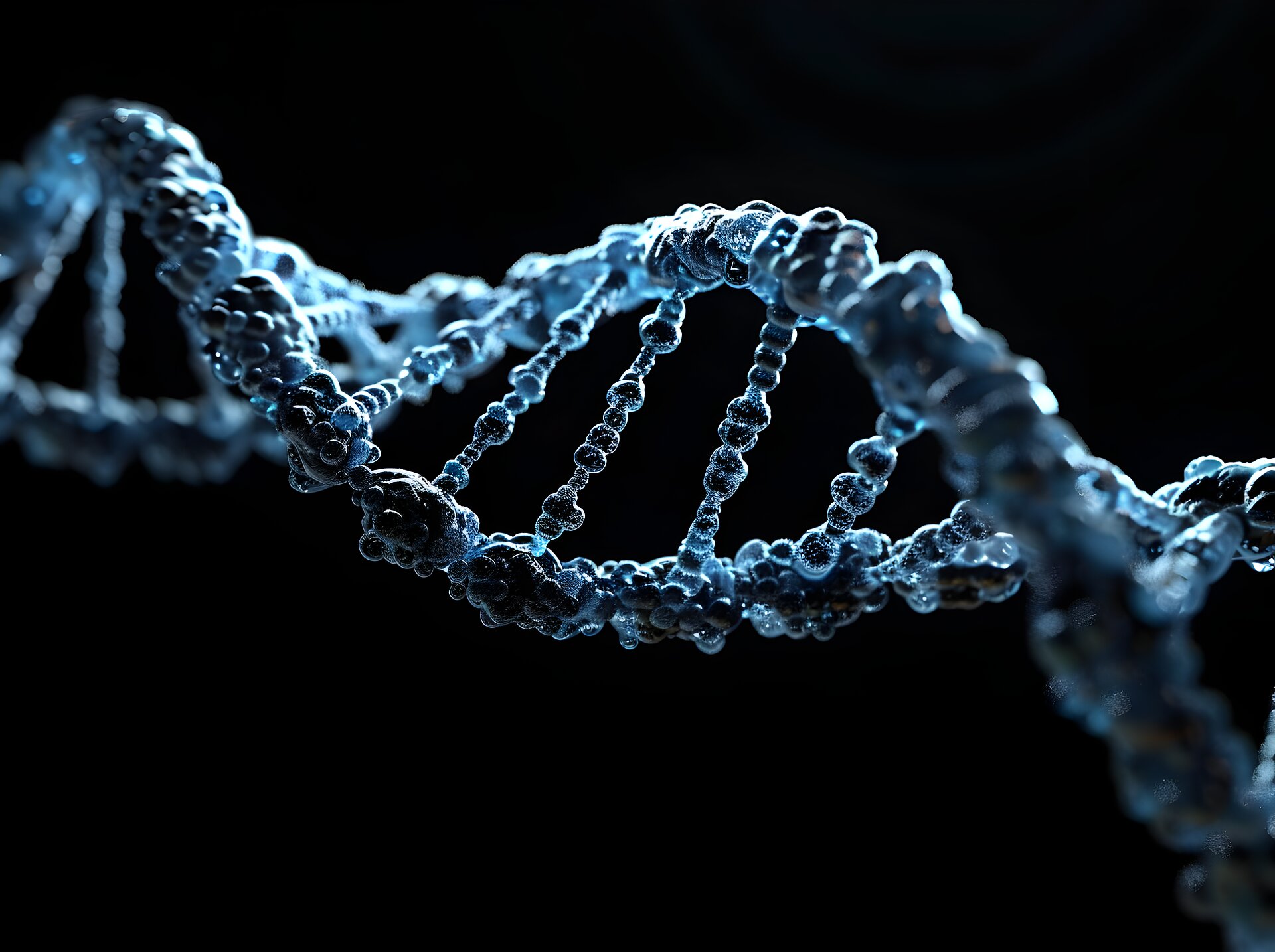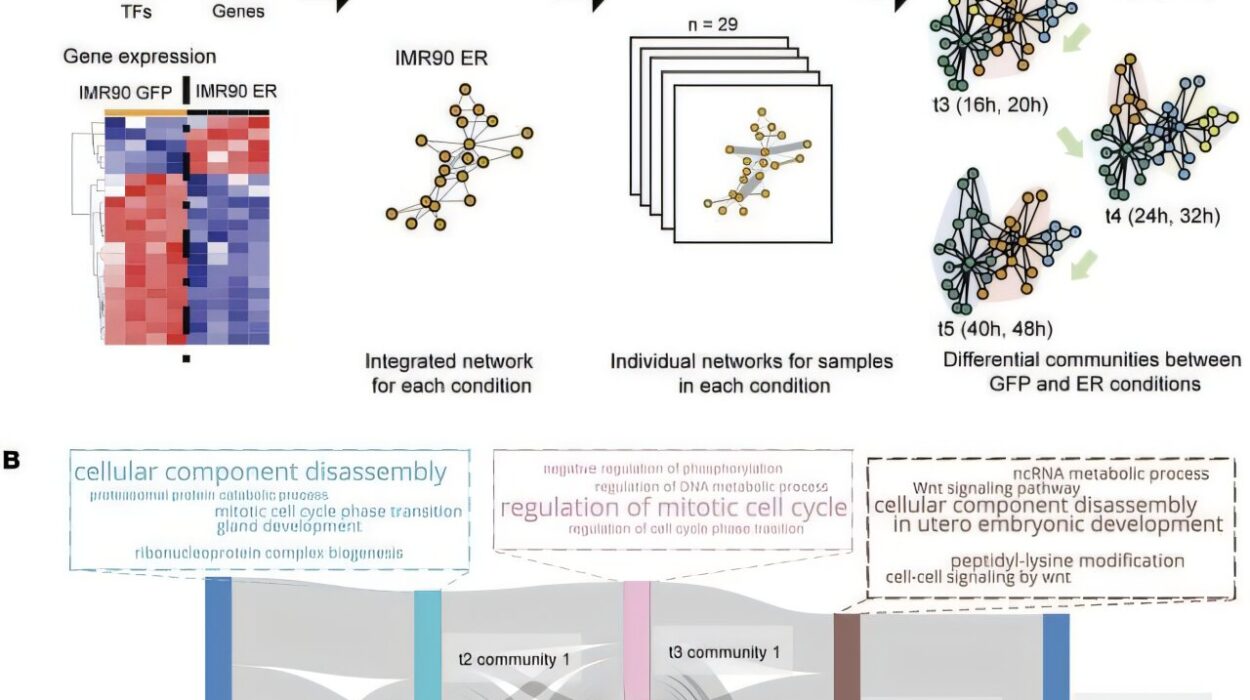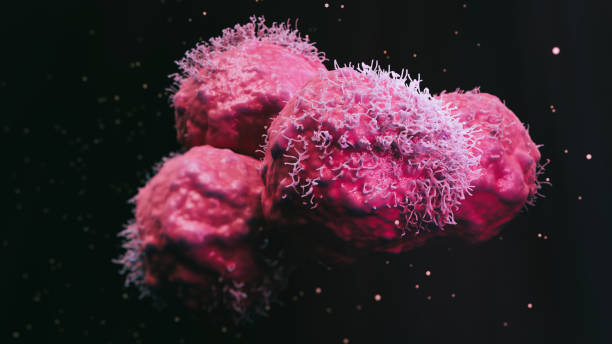For children born with Hutchinson-Gilford progeria syndrome (HGPS), time is an unforgiving companion. Their tiny bodies age at an astonishing speed, showing the signs of old age—wrinkled skin, fragile bones, stiff joints, and heart disease—while their spirits remain youthful and bright. By the time most of them reach their teens, their hearts can no longer keep up.
Progeria is one of the rarest genetic conditions in the world, affecting roughly one in 20 million people. Yet its impact reaches far beyond the families it touches, because the disease offers a haunting reflection of the aging process that all humans eventually face.
Now, a remarkable scientific breakthrough is offering a new kind of hope—one drawn from the biology of people who seem to have mastered the art of long life. Researchers from the University of Bristol and IRCCS MultiMedica in Italy have discovered that a gene found in centenarians—people who live to be 100 years old or more—can counteract the effects of this devastating disease.
Unlocking the Secrets of Long Life
For decades, scientists have been fascinated by the question of why some people live far longer than others. What makes one heart beat steadily past a hundred years, while another fails decades earlier?
In the world’s oldest individuals—those who reach their 100s and even 110s—researchers have identified special genetic traits, now called longevity genes. These genes help protect against the wear and tear of aging, keeping the heart, blood vessels, and other organs healthier for longer.
Among these is a gene known as LAV-BPIFB4, which previous studies showed could preserve cardiovascular function with age. In the new study published in Signal Transduction and Targeted Therapy, scientists asked an extraordinary question: Could the same gene that helps people live to 100 also help children with progeria—whose hearts age before they even become teenagers?
The Science Behind Progeria
To understand the significance of this discovery, it helps to know what causes progeria. The disease begins with a single spelling mistake in a gene called LMNA, which provides instructions for building a key structural protein in the cell’s nucleus—its “control center.”
The mutation causes cells to produce a defective version of this protein, known as progerin. Over time, progerin disrupts the nuclear structure, making cells fragile and prone to damage. The effects ripple outward, accelerating the aging process and leading to early heart disease, strokes, and other complications that resemble advanced age.
Most children with progeria die in their early teens from heart failure. Only a few have lived beyond that. One of them was Sammy Basso, an Italian man who became an international advocate for progeria awareness. Sammy lived to the age of 28—twice the typical lifespan for someone with the condition—before passing away in late 2023. His courage and optimism inspired both the scientific community and families around the world.
A New Kind of Hope
The only current FDA-approved treatment for progeria is a drug called lonafarnib, which helps slow the build-up of progerin inside cells. It can extend life expectancy by a few years, but it cannot stop or reverse the disease.
Researchers have long sought a treatment that could not only slow the damage but also repair or protect the body from it. That’s where the longevity gene LAV-BPIFB4 comes in.
In this groundbreaking study, a team led by Dr. Yan Qiu and Professor Paolo Madeddu at the Bristol Heart Institute, in collaboration with Professor Annibale Puca’s group at IRCCS MultiMedica in Italy, investigated whether introducing this centenarian gene could counteract the harmful effects of progerin.
Turning Back the Clock in the Heart
Using mice genetically engineered to have progeria, the researchers observed early signs of heart aging—stiffness, fibrosis (tissue scarring), and reduced ability to relax and fill with blood, a condition known as impaired diastolic function.
When the team delivered a single dose of the LAV-BPIFB4 gene into these animals, the results were extraordinary. The gene improved how the heart relaxed between beats, reduced tissue scarring, and decreased the number of senescent—or “aged”—cells. It even stimulated the growth of new tiny blood vessels, helping nourish the heart muscle.
In essence, the centenarian gene seemed to restore vitality to an aging heart.
Bringing the Discovery to Human Cells
Encouraged by these results, the scientists next tested the same gene in human cells taken from progeria patients. The cells treated with the longevity gene began to show fewer signs of aging and fibrosis, even though the levels of progerin remained unchanged.
This was a crucial finding. It meant the gene wasn’t simply trying to remove or destroy progerin. Instead, it was helping the cells cope with its toxicity—protecting them from damage and allowing them to function more normally.
As Dr. Qiu explained, “Our research has identified a protective effect of a ‘supercentenarian longevity gene’ against progeria heart dysfunction in both animal and cell models. The results offer hope to a new type of therapy—one based on the natural biology of healthy aging rather than blocking the faulty protein.”
In other words, instead of fighting against the disease directly, the treatment uses the wisdom of nature—harnessing the genetic strengths of those who age gracefully—to defend against premature aging.
A Bridge Between Rare Disease and Human Aging
While the study focuses on a rare and tragic condition, its implications reach much further. The heart problems seen in progeria mirror those that appear in normal aging—just on a much faster timeline.
By discovering how longevity genes protect against age-related damage, scientists may one day develop therapies that not only help children with progeria but also slow down or prevent heart aging in everyone.
Professor Annibale Puca reflected on this broader vision, saying, “This is the first study to indicate that a longevity-associated gene can counteract the cardiovascular damage caused by progeria. The results pave the way for new treatment strategies that could improve both survival and quality of life—not just for progeria patients, but potentially for all who face age-related heart decline.”
Toward a Future of Genetic Healing
The dream of using genes from long-lived people as medicine may sound like science fiction, but it’s quickly becoming reality. The research team envisions a future where the LAV-BPIFB4 gene, or the proteins and RNA molecules it produces, could be delivered safely through advanced gene therapy or biologic drugs.
Professor Puca’s group is already exploring how this longevity gene could help treat other age-related diseases—those affecting the heart, immune system, and beyond. Their goal is not just to extend lifespan but to extend healthspan—the years of life lived in good health and vitality.
Lessons from the Long-Lived
What makes a person live past 100? The answer isn’t just luck—it’s a blend of biology, lifestyle, and environment. But at the genetic level, centenarians carry natural protective factors that keep their bodies resilient against stress and aging.
These same genetic mechanisms could hold the key to understanding how to repair or even prevent the damage caused by diseases like progeria. It’s as though the secrets of longevity have been hiding in plain sight—in the DNA of those who have quietly defied time.
The Human Side of Science
Behind every scientific milestone are real lives—families waiting for a cure, children fighting to grow older, and researchers dedicating their careers to understanding life’s most elusive mysteries.
For families of children with progeria, this discovery is more than a headline. It is a spark of hope, a reminder that the race against time is not yet lost. Each step forward in the lab represents another moment of possibility—a chance that one day, no child will have to grow old before they’ve had a chance to live.
As Dr. Qiu beautifully summarized, “Our research brings new hope in the fight against progeria and suggests the genetics of supercentenarians could lead to new treatments for premature or accelerated cardiac aging, which might help us all live longer, healthier lives.”
More information: Yan Qiu et al, A longevity-associated variant of the human BPIFB4 gene prevents diastolic dysfunction in progeria mice, Signal Transduction and Targeted Therapy (2025). DOI: 10.1038/s41392-025-02416-3






